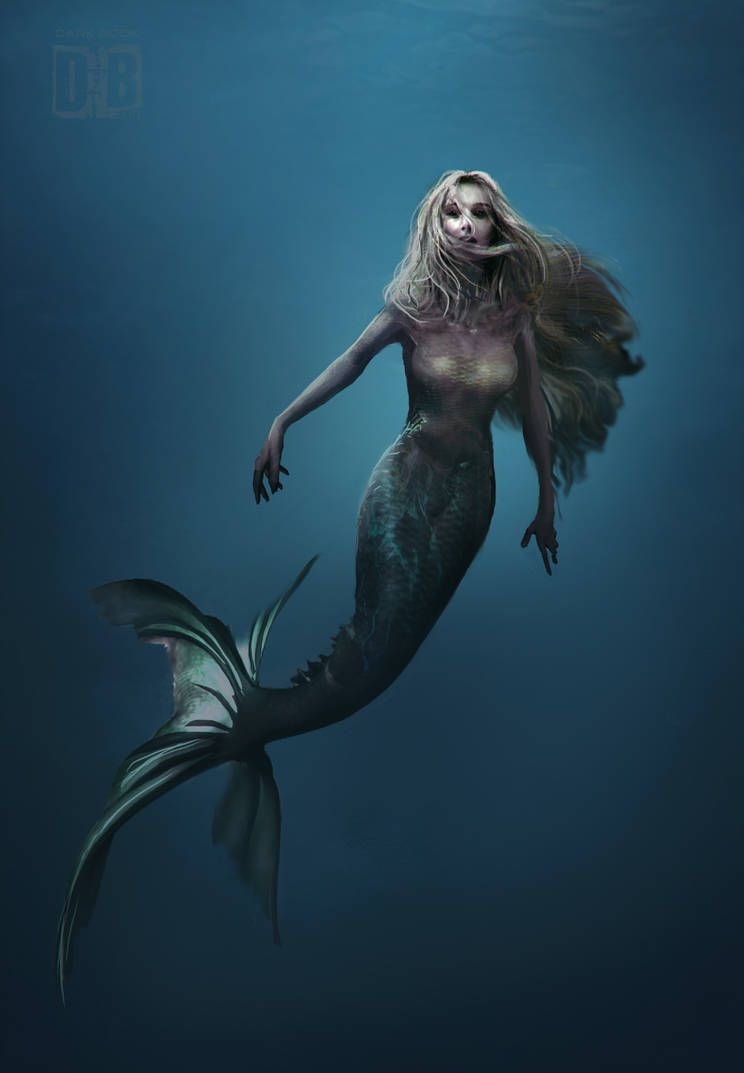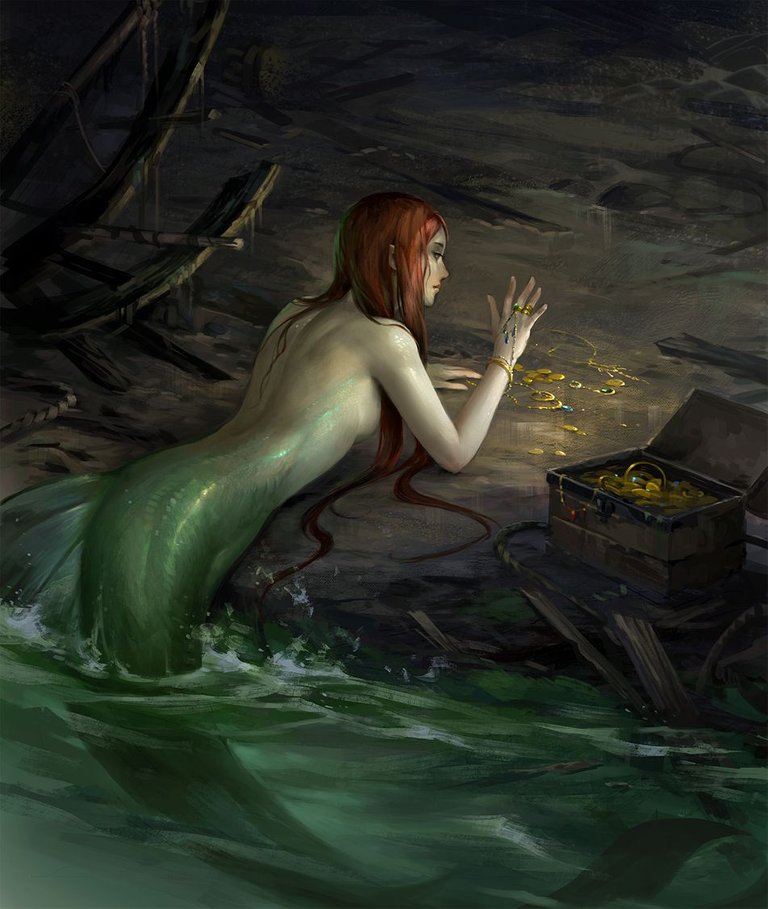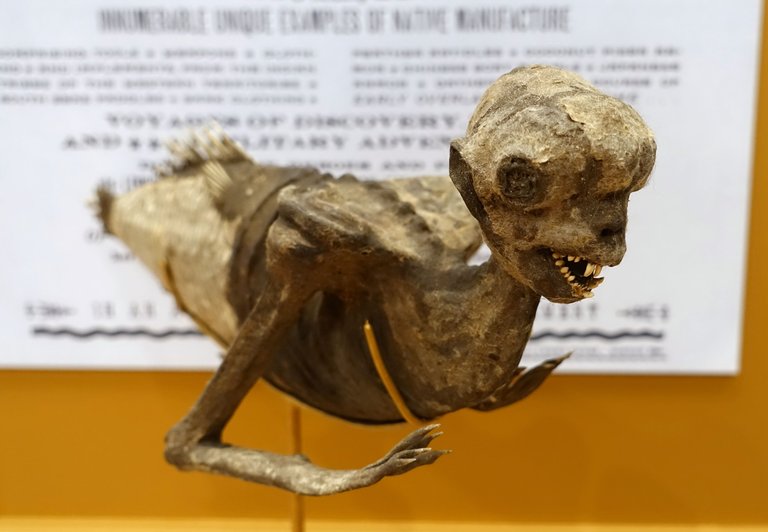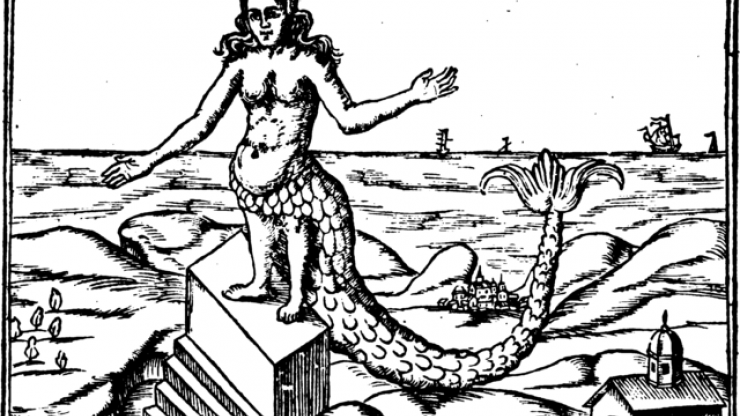
Mermaids, the truth about the myth of the beautiful sea maidens
The mermaid caught in Lake Belfast, Northern Ireland in 558 AD had an unusual past. Some 300 years ago there had been a beautiful young woman named Liban, whose family had died in a flood. She lived for a year at sea, gradually being transformed into what we know as a mermaid. The mermaid began to sing under the water, when she was heard and caught in the nets of a group of fishermen, who called her Murgen, which in the local language means “born in the sea”, and placed her in a tank so that everyone could see her. . She received a baptism and when she died she became known as Santa Murgen and many miracles were attributed to her.

Credits Images: oceaninfo.com
In 1403, another mermaid was trapped in a mud puddle in Edam, Holland. According to a 17th century account, she was saved by village women, who cleaned and fed her. She never learned to speak, but she lived for 15 years and, after her death, was given a Christian burial in the local chapel cemetery.
The beautiful mermaid from the island of Santa Iona, in Scotland, visited an old man who lived there in seclusion, with whom she falls in love and whose soul, which mermaids do not possess, she eagerly sought. The man then said that it was necessary for her to renounce life at sea. With that, desperate, the mermaid left and never came back. Her tears turned into flowers that grace the coast of this island.
In the Amazon, a beautiful young woman was the envy of the entire tribe, until one night her brothers caught her in ambush and killed her. The pious fish took Iara to the meeting of the Negro and Solimões rivers, transforming her into a beautiful mermaid to sing her sadness.
The myth

Credits Images: mermaidsofearth.com
Mermaids appear in extremely ancient legends. The Philistines and Babylonians of biblical times worshiped gods with fish tails. Mermaids also appear on Corinthian and Phoenician coins. The myth says that the conqueror Alexander the Great had several sexual adventures with mermaids in the Mediterranean. There are several accounts from Roman travelers who claimed to have seen mermaids in various corners of the known world at that time.
The folkloric tradition is always similar: a young woman who is punished by human envy, but wins the pity of nature. With that, once a year she earns the right to go to earth in human form and enjoy a little local festivities. Sometimes unsuspecting men fall in love with them and almost cause embarrassing and disastrous situations. The moral lesson of the myth is the same: weighing life between reason and passion. In the Middle Ages, in France and England, several people said that they once had mermaids in their family tree: a distant aunt, a great-grandmother, a godmother who lived in another corner of the kingdom.
Sailors returning from long voyages always told stories of women of the sea. In 1717, in Amsterdam, a collection on the marine fauna of India was launched and there was the figure of several mermaids that could be found along the difficult way. The most interesting is the encyclopedic and quasi-scientific description of the animal:

Credits Images: oceaninfo.com
“WOMAN OF THE SEA: monster about 1m50 in length. It lives in water, but can reach land and stay there for up to three days. From time to time he grunts, doesn't know how to speak and has no culture. He does not accept any known food species offered: small fish, crabs, lobsters, etc. He is a dangerous being”
It is interesting to note the numerous descriptions of the mermaids allegedly seen and even captured. Green, pink, sky blue hair. Gray, greenish, bluish skin. Body hair yellow, black and stiff like spikes, or pink.
A very profitable resource!
In 1830, in London, a taxidermist brought to the public what he said was proof of the existence of a mermaid. He managed to sell the copy at an incredible price to a natural history collector. A few months later, a biologist studied the animal and cleared up the hoax: it was a monkey sewn together with fish parts. That same bizarre formula—monkey-fish—was a lucrative trade in Japan's ports during the 18th century, and many people made a fortune out of it.
Adherents of the astronaut god theory strongly believe in the existence of mermaids, which they attribute to strange crossbreedings made by aliens. The problem is the lack of physical evidence, such as skeletons. But this controversy is a subject for another post later.
Recently, photos of possible mermaid skeletons found on beaches in Australia have populated the internet. The photos shocked several people, who began to question the scientific community. However, it was all a joke of a very skilled artist who, in the same way that in the 19th century, in London, he gathered carcasses of marine animals and created these beings - which he later sold at an exorbitant price on the internet, but not deceiving the population, but at the price of handicrafts.
The truth about the myth

Credits Images: wikipedia.com
Currently, there is a consensus among biologists, naturalists and historians: mermaids are the product of the human mind and its folkloric invention. What the navigators witnessed were animals that can be confused with mermaids seen from afar because of their almost anthropomorphic formation. These are animals such as: manatee, sea manatee, seal, sea lion, dugong, etc.
The seals like to stretch out on the cliffs of the beaches to bask in the sun while emitting strange cries in chorus, which could be confused with the song of sirens seen from afar, in addition to the medieval mentality itself, full of folklorists and mythical monsters. In other words, the mermaid myth is yet another mistaken identity.
The most interesting thing is that since 1962 the Isle of Man Tourist Office has offered a prize, now valued at £600,000, to anyone who brings a live mermaid from the sea. There are those who continue the hunt incessantly, but many others have already given up looking for a beautiful maiden of the deep waters.

Credits Images: qraonline.org
